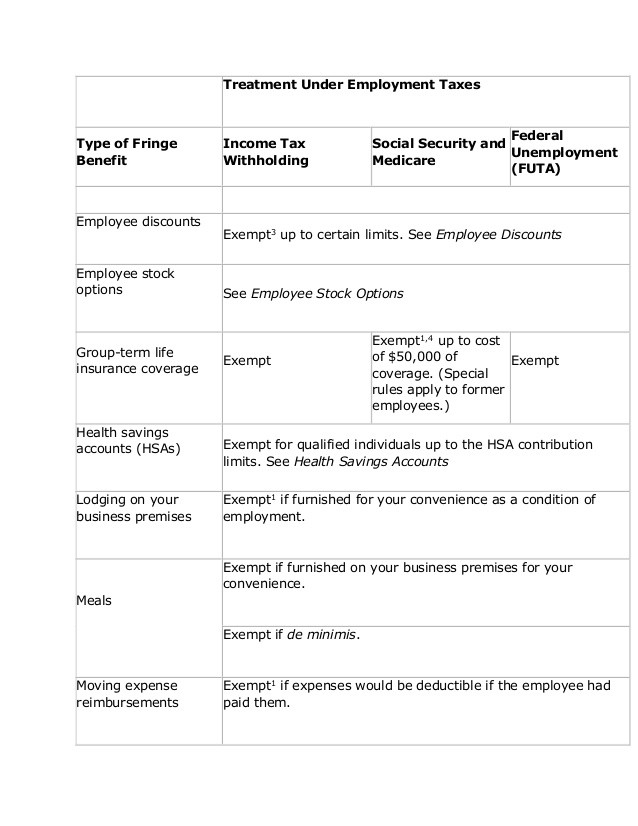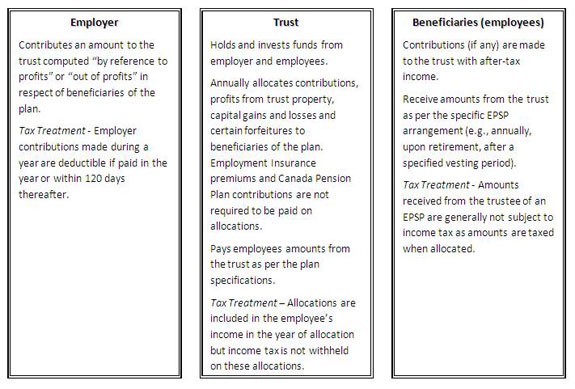How Are Employee Stock Options Treated for Tax Purposes
Post on: 15 Апрель, 2015 No Comment

Stock options are basically rights to purchase stock at a specified price, and generally within a certain period of time, or upon completing a vesting period. There are three types of employee stock options – incentive stock options, employee stock purchase plan options, and nonqualified stock options. When and how you must report and pay tax on them depends on whether they are considered “nonstatutory” or “statutory” stock options.
If you receive a nonstatutory (nonqualified) stock option, you will usually have income:
- when you receive the option,
- when you exercise the option (use it to buy or sell stock or other property), or
- when you sell or dispose of the stock option.
However, if you are granted a statutory stock option, you will not have any income until you sell or exchange your stock.
Your employer should be able to tell you which type of option you are receiving.
Nonstatutory Stock Options
If you receive a nonstatutory stock option, the amount you include in your income and when you include it will depend on when the fair market value of the stock can be determined.
When Is Fair Market Value Determined?

If the option is traded on an established market, such as a securities exchange, its fair market value can be readily determined. If not, the fair market value can be determined only if all the following conditions are present:
- You can transfer the option.
- You can exercise the option immediately in full.
- The option, or the property subject to the option, is not subject to any condition or restriction that has a significant effect on its fair market value.
- The fair market value of the separate option privilege itself can be readily determined.
Fair Market Value Determined at the Time You Receive the Option
If you receive a nonstatutory stock option that has a readily determined fair market value at the time it is granted to you, it is treated the same as other compensation and its fair market value is included in your taxable income.
Fair Market Value Determined When You Exercise the Option
If you receive a nonstatutory stock option that does not have a readily determined fair market value when it is granted to you, you do not have income until you transfer or exercise the option. The amount you include in your income at that time is the difference between the amount you pay for the property and its fair market value when it becomes substantially vested. Property is considered to be substantially vested when it can be transferred and when there is not a substantial risk of losing it. The basis of the property (stock) you purchase by exercising the option is the amount you pay for it (the exercise price) plus any amount you had to report as income.
Compensation you receive from your employer in the form of nonstatutory stock options is included in box 1 of your W-2, and reported in box 12, code V.
If You Transfer the Option
If you transfer your nonstatutory stock option to an unrelated person in an “arm’s-length” transaction, you would have to report the money or other property you receive as taxable income, as if you had exercised the option.
If you transfer the option to a related person in an arm’s-length transaction after July 1, 2003, the option is not considered to have been exercised or closed, and you do not report any amount you receive in your income at that time.














